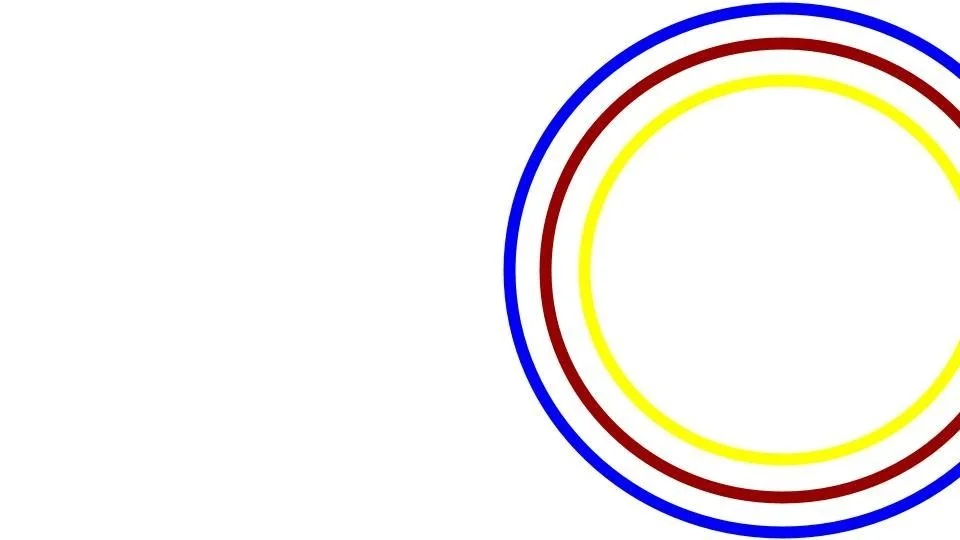
Afro-Bahian Dances
Maculelé
Maculelé is a dynamic dance commonly performed by capoeiristas using sticks and . Named after the Makua tribe of northern Mozambique and southern Tanzania, the origins of the dance are obscure. It’s believed the dance was created by Makua warriors in tribute to the women, children and elderly townspeople who successfully defended themselves from enemy attack only with sticks.
The dance was largely forgotten until it was revived in 1943 by Paulino Aluisio de Andrade, known as Mestre Popo do Maculelé, considered the “father of Maculelé”.
“Maculelé is a dance and a fight at the same time. Defense and attack mixed with black rhythm.”

Puxada de Rede
Puxada de Rede is a folk dance that tells the story of a fishermen’s relationship with the sea, his family and his faith in the Orisha, Iemanjá, the goddess of the sea. It’s accompanied by songs that tell the stories of fishermen who ask a great catch, for a safe journey out to sea and assured return home.

Samba de Roda
Dona Nalvinha teaching Samba de Roda
Samba de Roda is the root of the samba known today, one of the most popular dances from Brazil. Dancers form a roda, a circle, with men playing traditional percussion instruments while the women, one by one, enter the roda to show their best moves. There are several variations of the dance, including the samba chula, samba corrido and the barravento. Its origins are from the Recôncavo region of Bahia, Brazil where enslaved Africans were brought to work in sugar cane fields. With syncopated rhythms and trance-like movement that call back to traditional African dances and rhythms, samba de roda is an expression of freedom and Afro-Brazilian identity.




